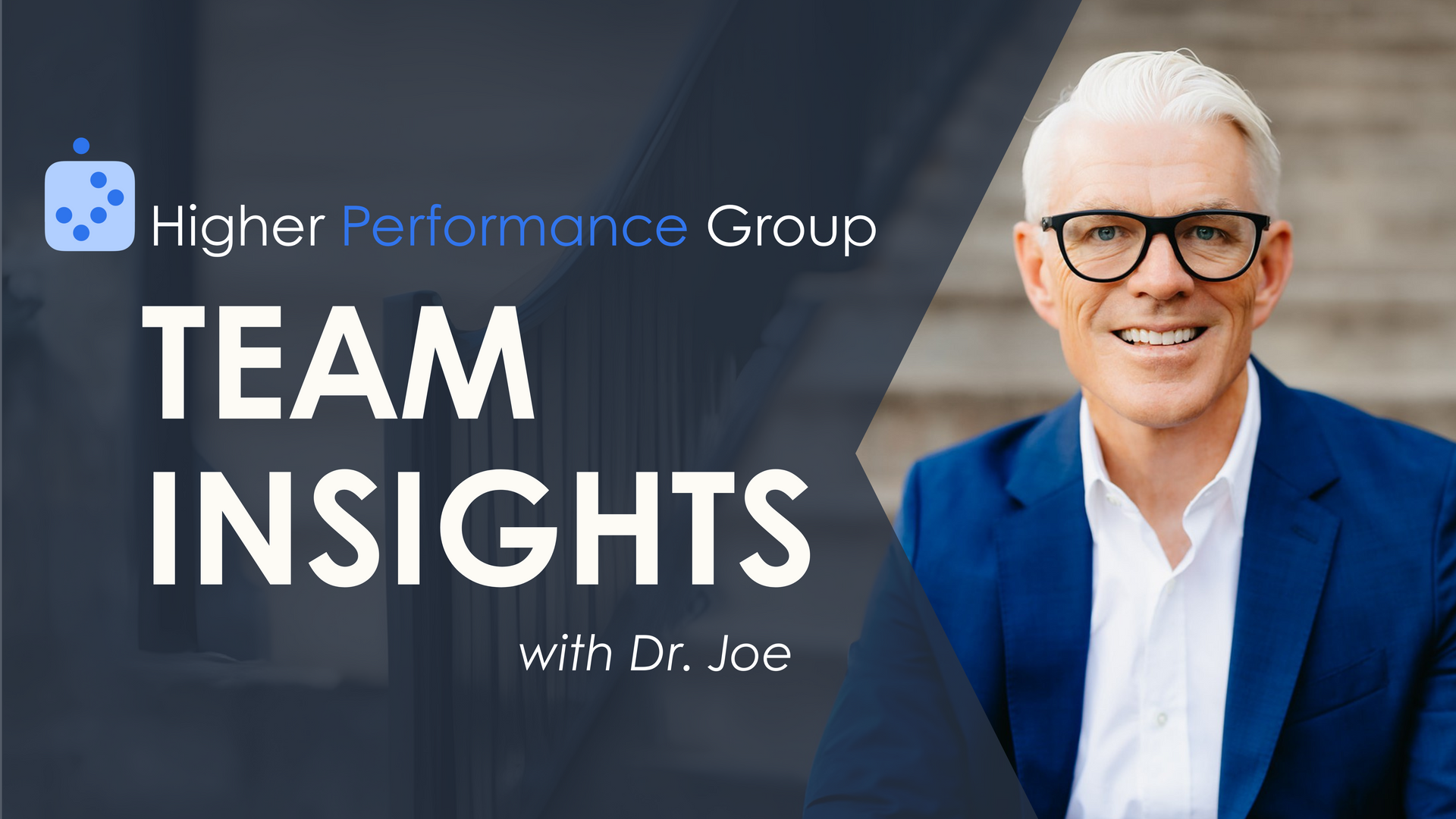Higher Performance Insights | The Preemptionist Mindset

In 2012, Expedia discovered that out of every 100 customers who booked travel through their platform, 58 subsequently contacted customer service for assistance. [1]
This trend posed a challenge to Expedia's foundational self-service principle, which was designed to enhance efficiency and reduce operational costs. However, the increased duration of customer service calls led to rising expenses. Notably, that year, Expedia recorded 20 million customer calls, each costing approximately $5, thereby amounting to a total expense of $100 million.
When Ryan O'Neill, Expedia's Head of Customer Experience, and Tucker Moodey, Executive Vice President of Global Customer Operations, investigated the reasons behind the high volume of customer calls, they discovered a concerning trend: the primary reason for these calls was that customers were requesting copies of their itineraries.
Like many self-service platforms, Expedia initially sent itineraries to customers via automated emails. However, many customers did not receive these emails, often due to mistyped email addresses or because they inadvertently deleted them, mistaking them for unsolicited marketing.
In response to this issue, Ryan O’Neill and Tucker Moodey convened a "war room" of top talent to implement a series of solutions. These ranged from revising the email delivery process to introducing an online tool that empowered customers to retrieve their itineraries independently.
Today, the previously recorded 20 million customer calls have drastically decreased, with the call rate plummeting from 58 percent in 2012 to approximately 15 percent to date.
This dramatic reduction is a textbook example of "upstream thinking," a proactive approach to problem-solving that focuses on preventing issues before they emerge. This method involves identifying potential problems early on and taking preventive actions rather than simply responding to issues as they occur. Such understanding highlights the value of preemptive strategies in problem-solving and process enhancement.
Of course, upstream interventions aren’t always possible. Problems can and will occur outside our trichotomy of control. But they offer a chance to improve the systems (or habits, if you prefer) that are contributing to, if not causing, the problem.
We don’t always have to fight fires. By deliberating and trying to be less wrong, we can prevent fires before they happen and reduce the harm they cause.
Team Discussion Question
How can your team integrate "upstream thinking" into each division or department of the organization to mitigate potential problems? Reflect on the specific challenges or recurring issues in your area and propose proactive measures to address them before they negatively affect performance or increase costs. Consider which systems or practices could be enhanced or implemented to promote a preventative approach in your daily operations.
[1] Thank you to Dan Heath for introducing me to Expedia’s story and the idea of upstream thinking in his book, Upstream: How to Solve Problems Before They Happen.
Announcement
Research suggests leadership teams perform at just 60% of their performance potential, leaving a massive 40% on the table. That discretionary effort becomes the make-or-break point for campuses nationwide. This is the dilemma between genuine campus engagement and the dragging lag of campus inertia.
My latest book, "CANCELAVERAGE: A Practical Guide to Accelerating Higher Team Performance," is a blueprint for this new standard. It's an invitation for leaders ready to lead with courage, challenge the status quo, and replace 'best practices' with something better.
If you're eager to move from busyness to brilliance, take advantage of the 2024 Graduation Special today! BOOK A KEYNOTE now through 6/30/24, and you'll get 10 copies of the new #CancelAverage book!
Nearly half of the tour schedule has already been presold, so don’t wait! We want to accommodate your preferred dates.
Click the link,
BOOK A KEYNOTE, to sharpen your team’s performance advantage today!

Help Spread the Word
If you found value in this post, we’d love your help spreading the word! Please consider sharing this on your favorite social media platform and tag Higher Performance Group and Dr. Joe Hill. Your support helps us reach and inspire more awesome people like you!
Like What You've Read?
Get practical, research-based ideas to Accelerate
Higher Team Performance delivered straight to your inbox every Tuesday.
More Blog Articles



